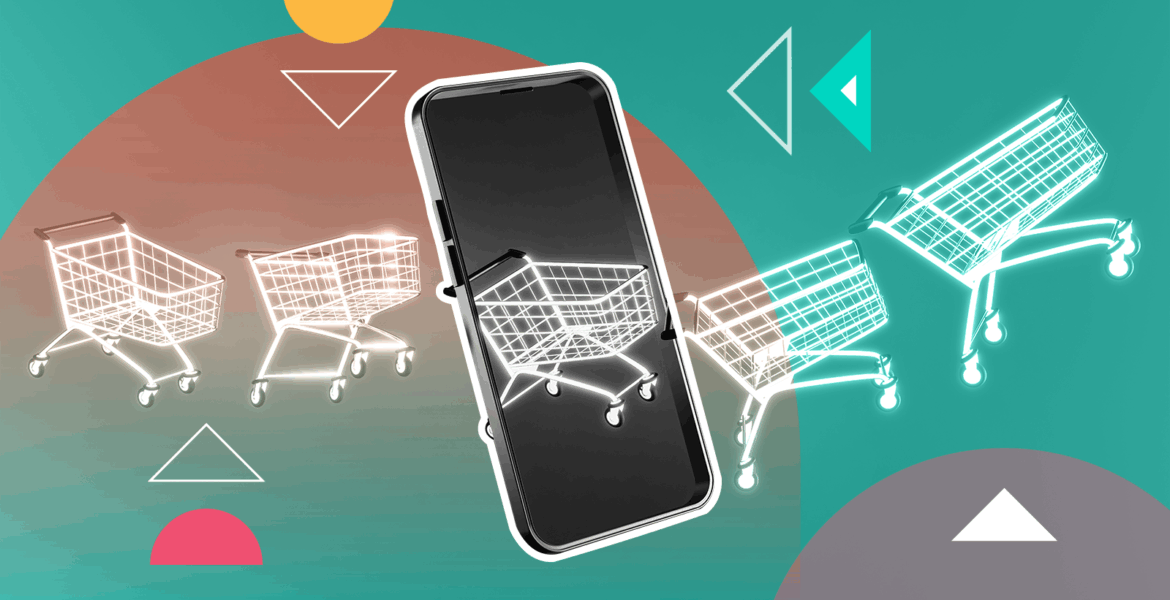By Sarah Lawson Johnston, Managing Director EMEA, Vudoo
Five years ago, the world was reeling from the COVID-19 pandemic. With billions of people forced to make drastic changes to their lives, few industries were subjected to greater upheaval than retail and ecommerce.
In early 2020, digital shopping was nothing new for many of us. But virtually overnight, physical stores were largely shut down and brands and consumers had to adjust to a new reality where the vast majority of commerce had to take place online.
As ecommerce brands and retailers rushed to meet this surging online demand, a wave of rapid innovation was unleashed. As time progressed, shoppable media and social commerce evolved to become critical elements of the digital shopping experience, as seamless consumer experiences became a priority.
Here, I’ll take a look at what brands learned from the pandemic and how necessary behavioural changes have had a lasting impact on the ecommerce industry. I’ll also shed light on what’s next for digital shopping and how brands can build resilient strategies to weather any future storms.
The acceleration of seamless commerce
Prior to 2020, commerce-enabled media had been showing only steady growth, but suddenly exploded during the pandemic. Almost $60 billion was spent on advertising across ecommerce platforms that year, as brands looked to connect with consumers that had to buy most things online.
But as online shopping grew at an unprecedented rate, brands and retailers needed to make it easier for consumers to complete their purchases. A new focus on frictionless digital experiences came to the fore, with some 79% of brands investing in their online channels in 2020, while six in 10 sought to improve website functionality.
One area where consumers were demanding greater convenience was the checkout. Brands and retailers rushed to integrate frictionless checkouts so they could reduce the number of steps between discovery and purchase, while innovative new payment options based around BNPL (Buy Now, Pay Later) platforms, digital wallets, and crypto integrations began to emerge.
Innovations introduced during the pandemic have forever changed consumer expectations. Brands recognised the need to place more emphasis on the user journey and customer experience. Now, ensuring the digital shopping experience is as seamless as possible is key; and we’re continuing to see developments in this area such as Visa’s Click to Pay, mandated across the EU last year.
Social platforms become retail powerhouses
As well as demanding seamless commerce, online audiences started to develop an always-shopping mindset during the pandemic. This was due in no small part to innovations on social platforms such as Instagram and TikTok that blurred the lines between social media and ecommerce.
Social media became the prime location for consumers to find inspiration and make purchases. Having introduced rudimentary ecommerce features in 2017, Instagram renewed its focus on this area in 2020 with the launch of Shops, with users able to buy items while using the app. Through partnerships with Shopify and other ecommerce platforms, TikTok was also enabling brands to advertise and drive traffic to their own stores.
Since COVID, TikTok has been relentlessly innovating its commerce offering, launching the TikTok Shop in 2023 and pioneering live shopping events across the US and Western Europe. TikTok has also been driving changes in consumer behaviour that ecommerce brands should be mindful of – consumers are craving video experiences that they don’t simply watch passively. They want to interact with the videos, reacting, commenting and even shopping directly.
YouTube began its foray into commerce-enabled video formats during the pandemic, giving brands the chance to turn content into commerce opportunities. Interactive video enabling purchasing with a single click has developed in leaps and bounds since then, with features such as the in-stream checkout enabling consumers to make purchases there and then without having to leave the content they are watching. Shoppers don’t want to be redirected to external sites, so giving them a purchase button within content is an effective way to reduce friction and drive sales.
The future: AI, personalisation & immersive commerce
As we can see, the pandemic kickstarted a great deal of innovation around ecommerce that has continued to evolve, changing the possibilities for brands. However, it’s changed consumer expectations too, and retailers can’t afford to fall behind if they want to remain competitive. Indeed, they need to be staying ahead of the curve where commerce media is concerned. In the digital world, the journey is the experience — from the first scroll to the lingering pause over a product, every interaction is an intent signal.
So, aside from commerce-enabled ad formats, there are a number of other innovations that brands should be looking at if they want to keep up with the times. Tapping into first-party data opens up a great deal of potential for personalisation, and AI-enabled tools can help retailers to make bespoke recommendations to their customer base, working off previous purchasing activity.
Augmented reality and virtual reality are other technologies that brands – especially in the fashion and luxury sectors – should be experimenting with. Allowing consumers to ‘try on’ outfits and accessories in virtualised environments can help to drive sales; particularly if it can be combined with a seamless checkout experience.
Voice and conversational commerce opportunities also abound for brands that want to enable consumers to shop directly through voice assistants and connected devices in their home. Commerce TV is another fast-evolving area where shoppable ads can make an impact, while other instant-shopping experiences are likely to emerge in the coming months.
As technology evolves, ecommerce brands must keep up
While the Covid-19 pandemic may very well be something that most of us would rather forget, for pioneering ecommerce brands, there is a silver lining. The innovations that were driven by necessity five years ago have made consumers more open to digital shopping, and have also allowed brands to greatly reduce the friction around purchasing. Brands that keep their focus on refining new technologies to further streamline commerce media , and responding to the increasing demands of consumer convenience, will be well set for the next five years – no matter what lies ahead.











